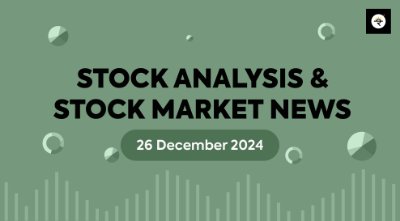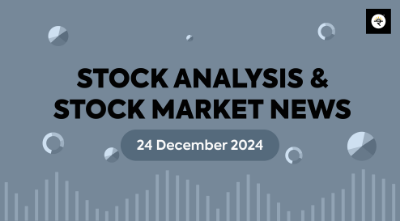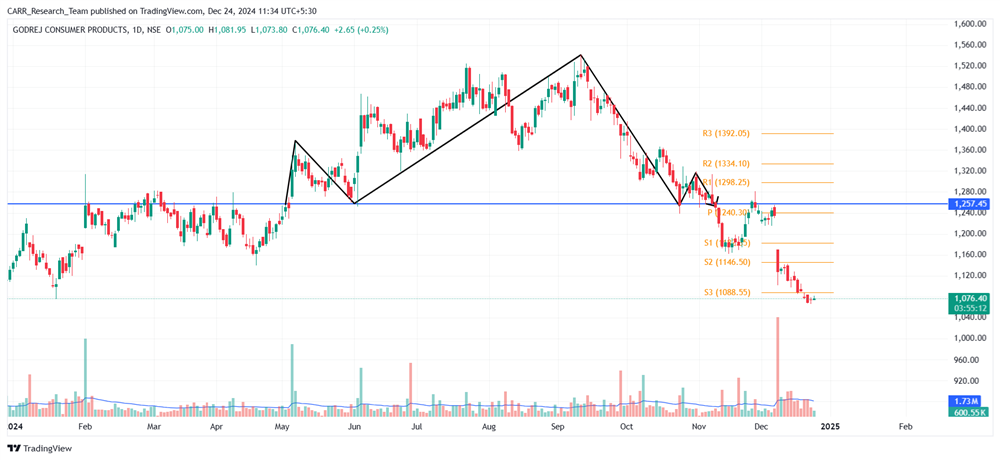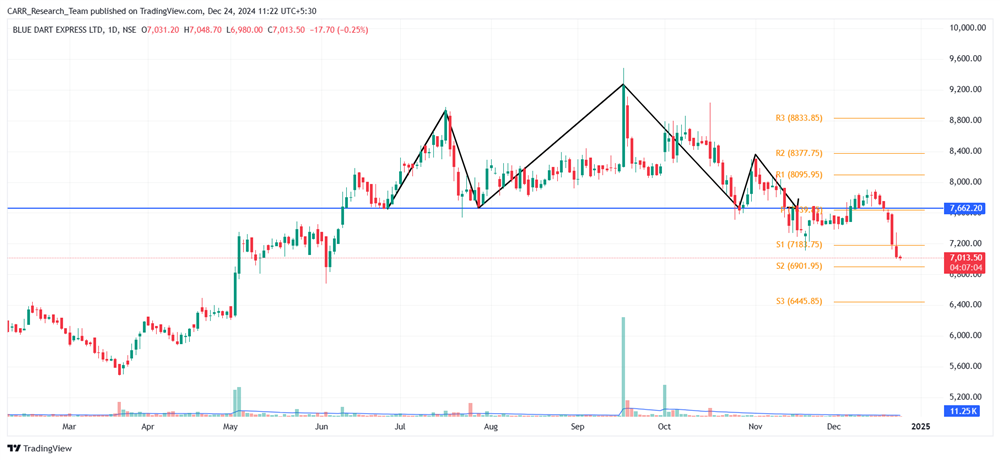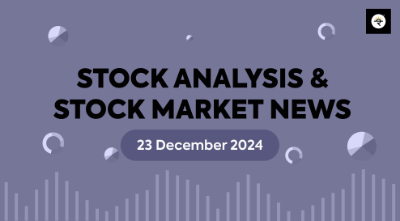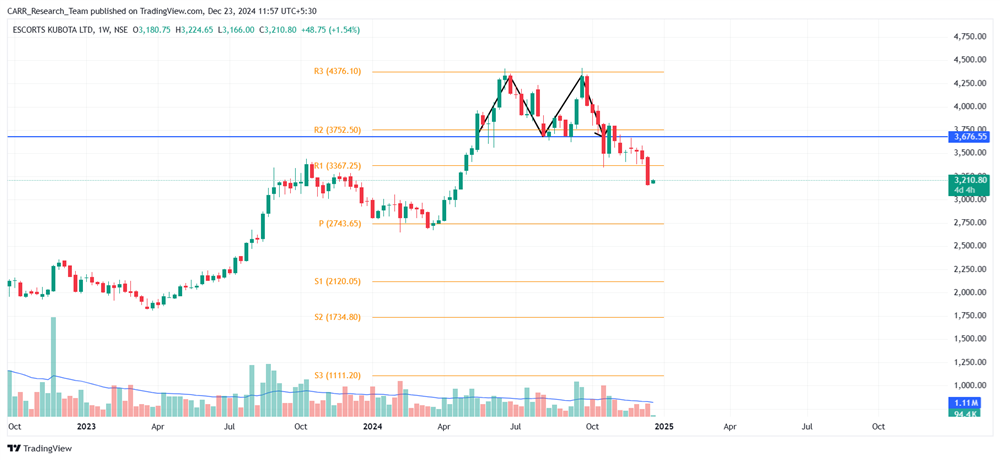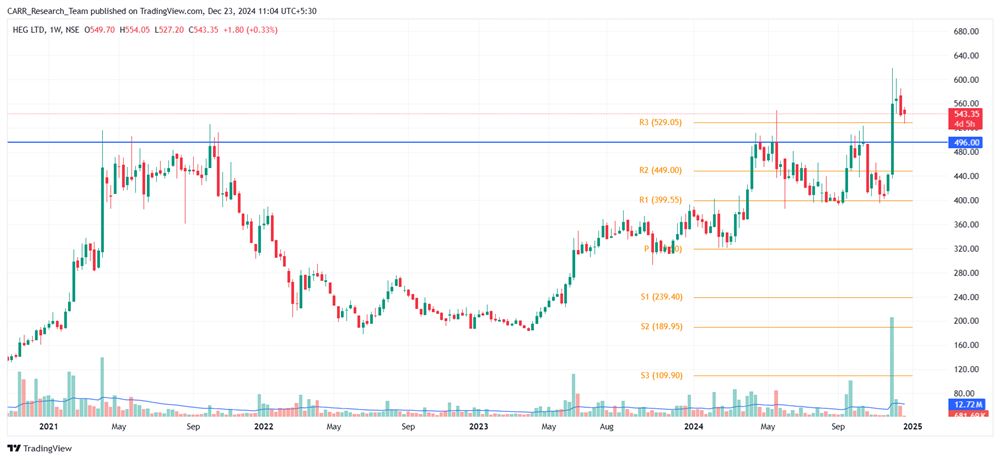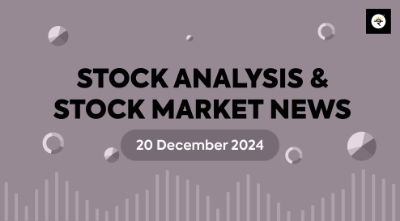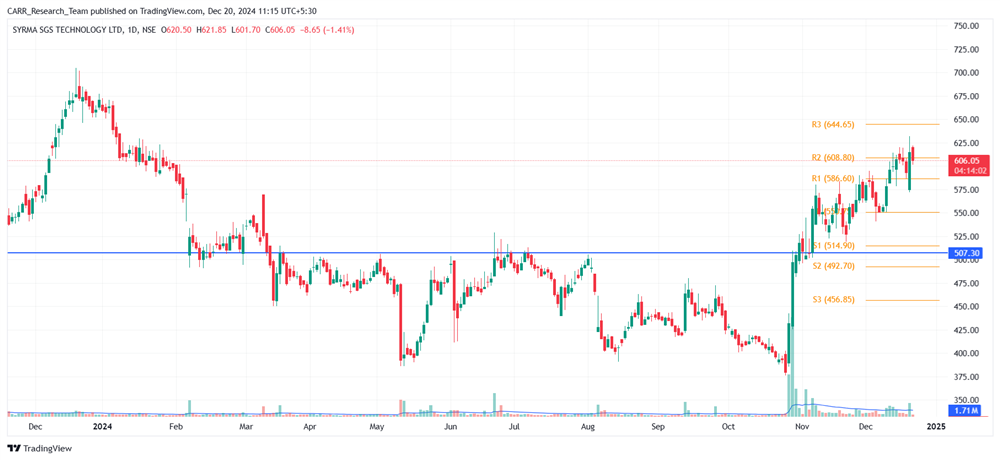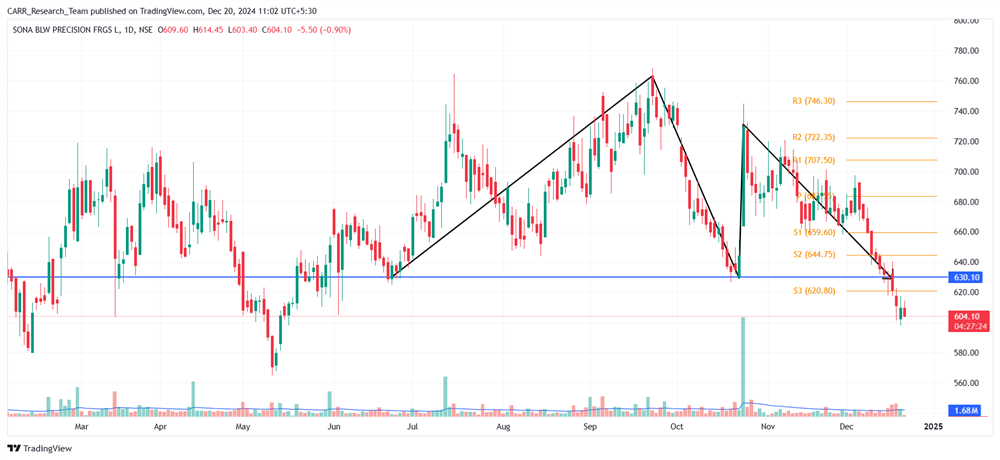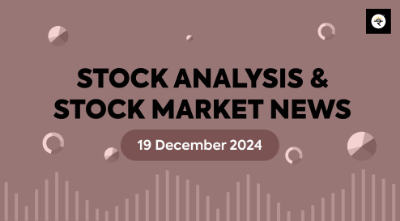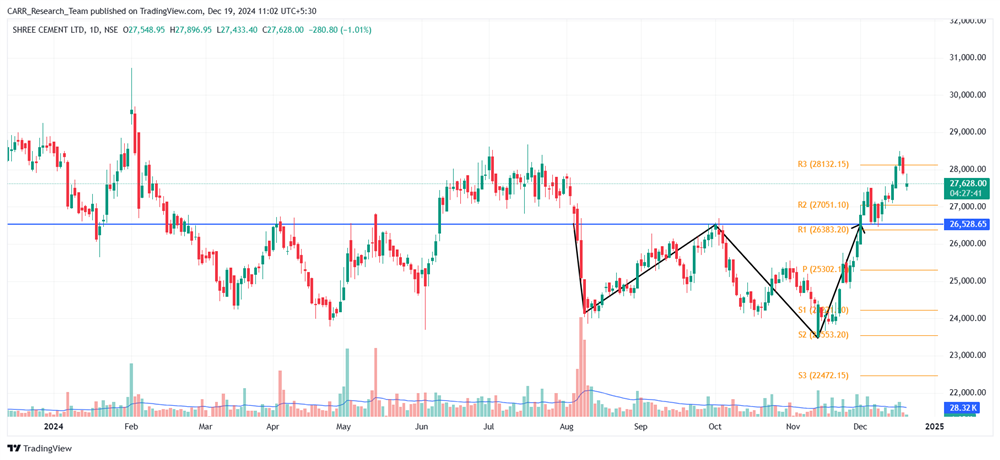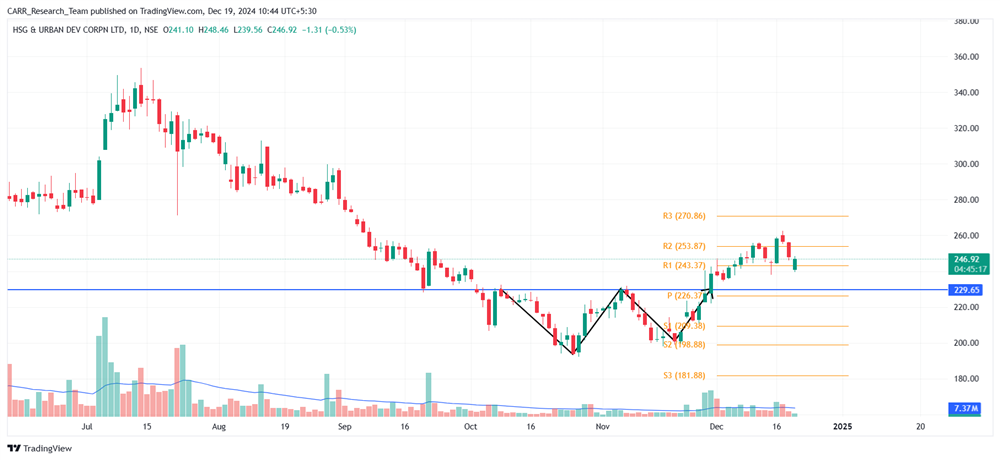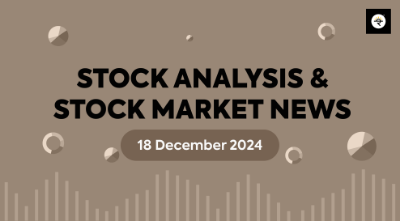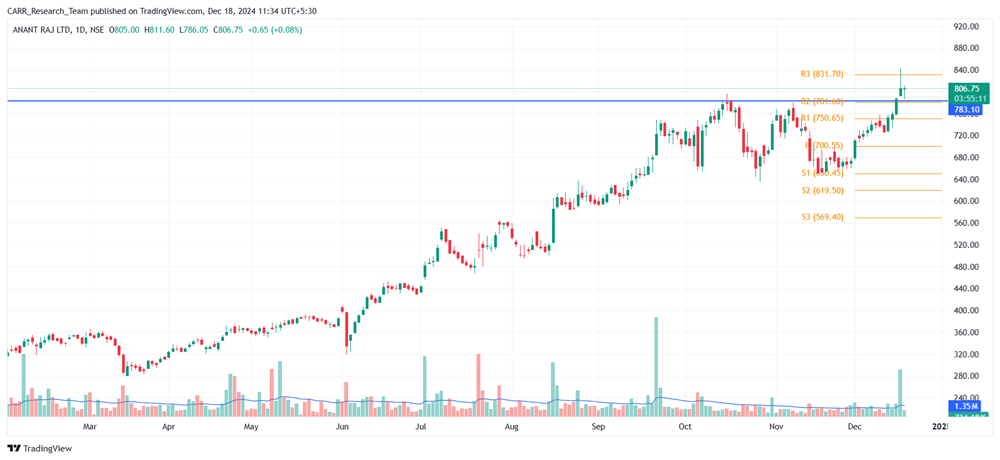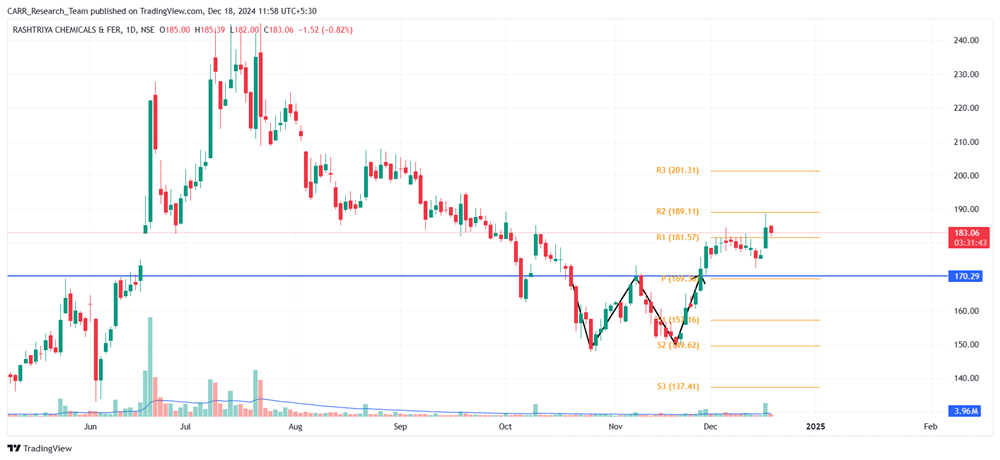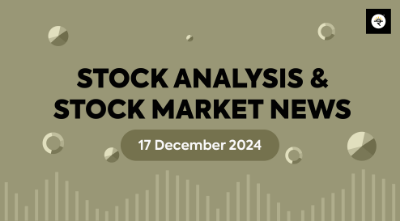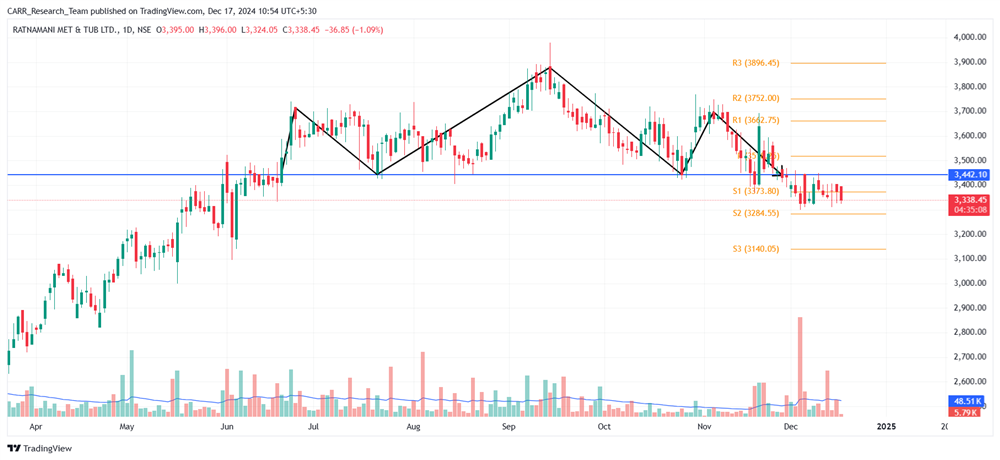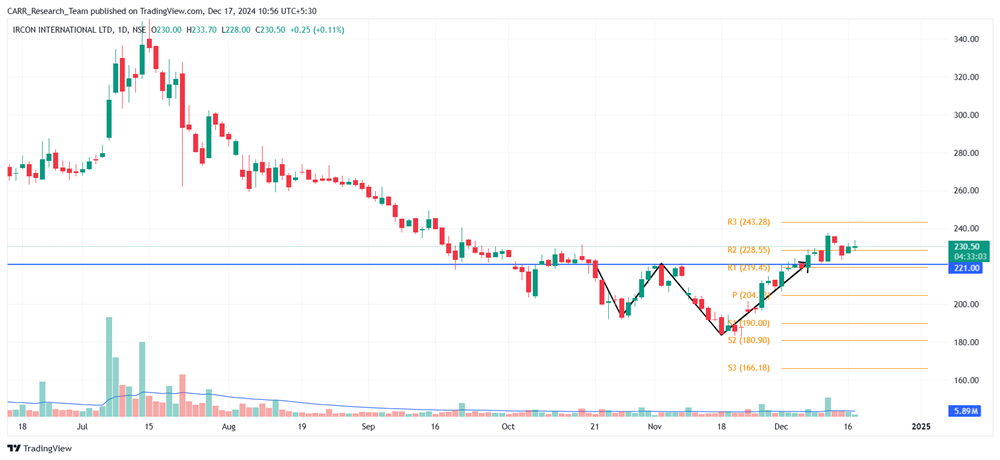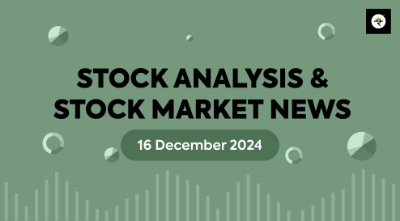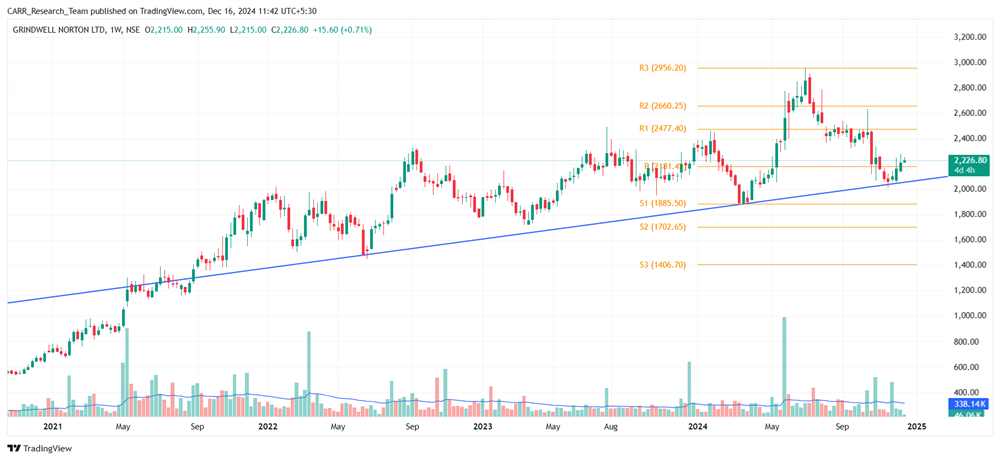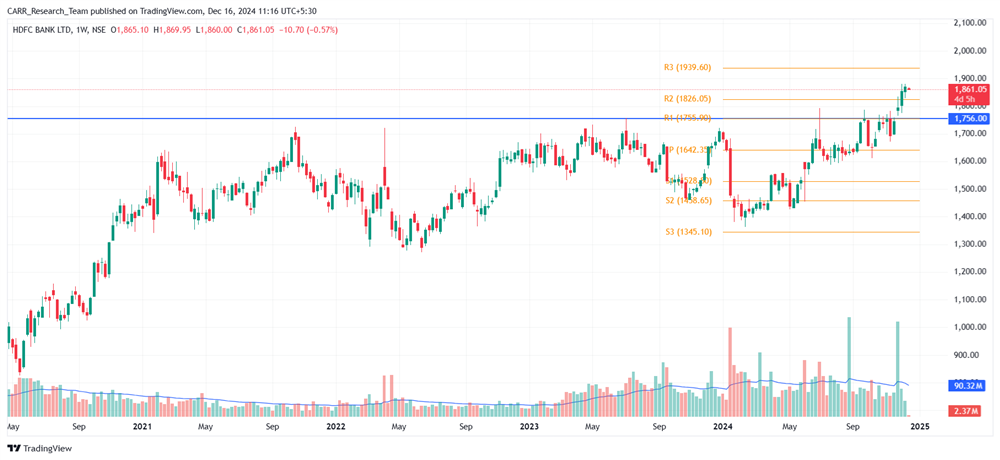Stock name: Oil & Natural Gas Corporation Ltd.
Pattern: Double top pattern
Time frame: Daily
Observation:
In our earlier blog dated September 18, 2024 (link for reference), we highlighted that the stock had formed a double top pattern on its daily chart. It broke down from this pattern on September 9, 2024, and has since continued its downward trajectory with strong volumes. Following the broader market trend, the stock has experienced notable declines from the levels observed on September 18.
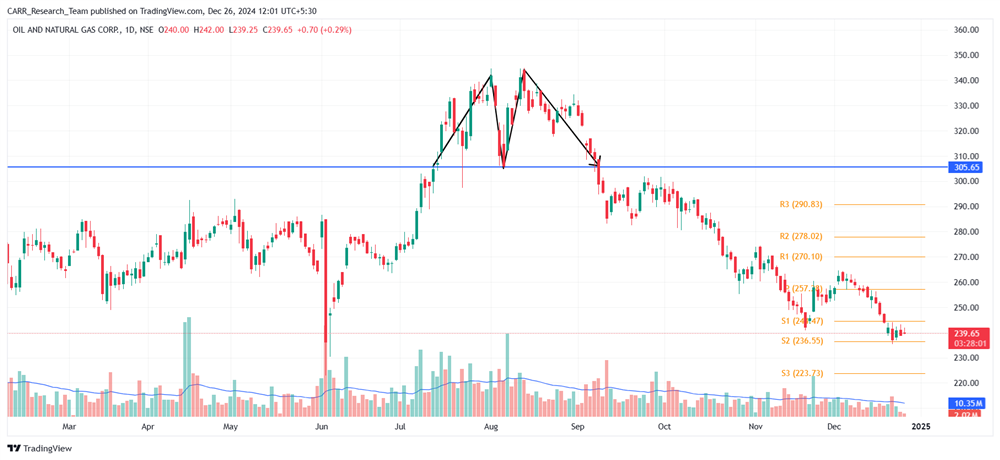
You may add this to your watch list to understand further price action.
Disclaimer: This analysis is purely for educational purpose and does not contain any recommendation. Please consult your financial advisor before taking any financial decision.
Stock name: PVR INOX Ltd.
Pattern: Double top pattern
Time frame: Daily
Observation:
The stock hit a low in June 2024 and rebounded, showing an upward movement from there onwards. However, between August and December 2024, it formed a double top pattern on its daily chart. A breakdown occurred on December 18, 2024, accompanied by high volumes and followed by continued downward movement in subsequent sessions. According to technical analysis, if the current momentum persists, the stock may experience further declines. It's advisable to look for additional confirmations, such as RSI levels and the MACD indicator.
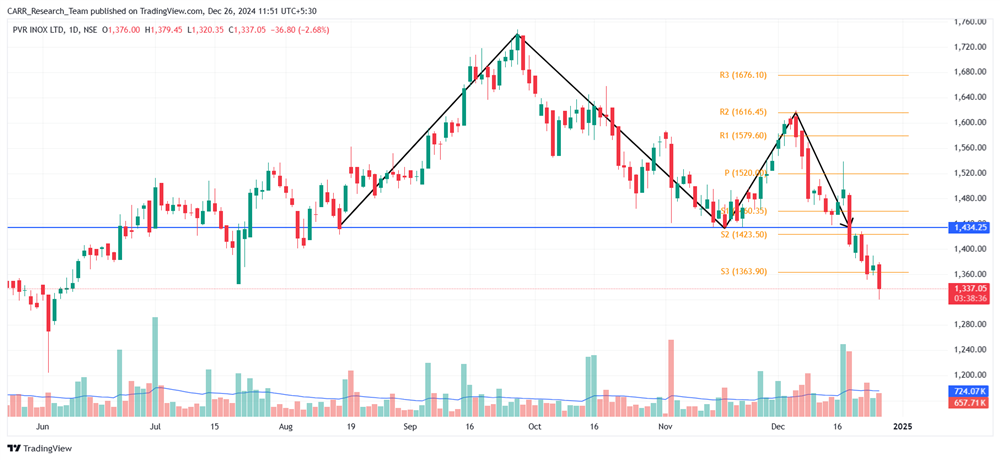
You may add this to your watch list to understand further price action.
Disclaimer: This analysis is purely for educational purpose and does not contain any recommendation. Please consult your financial advisor before taking any financial decision.
